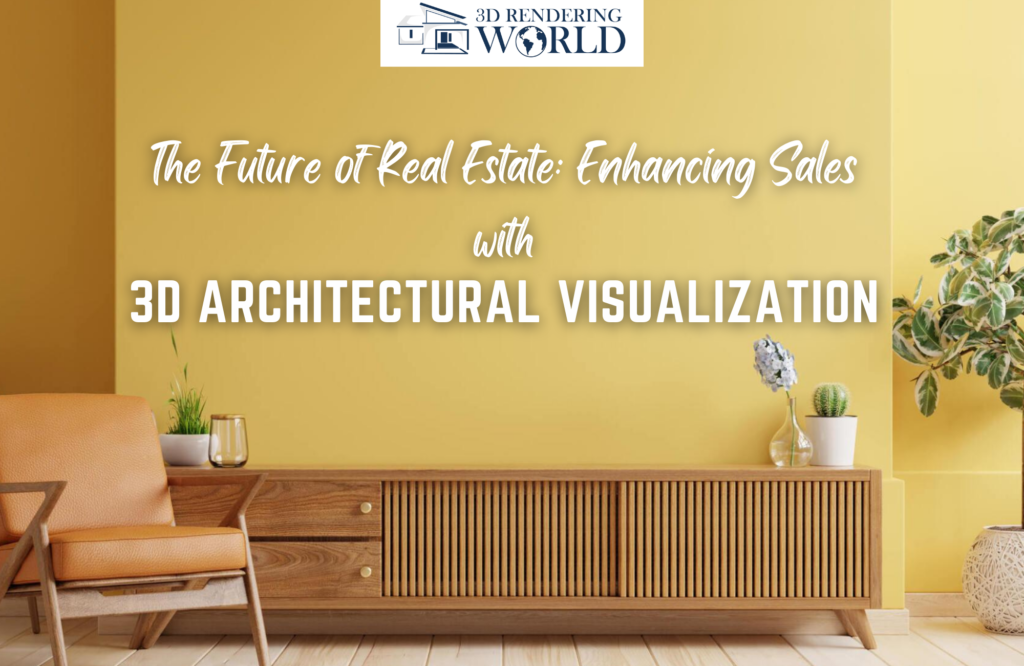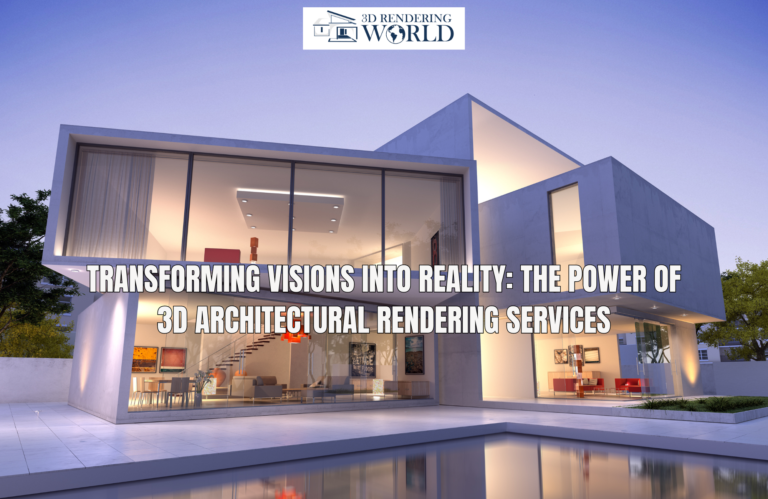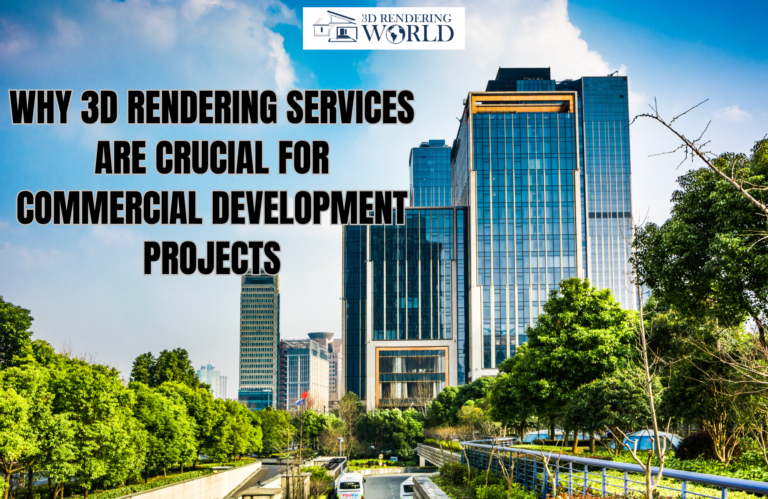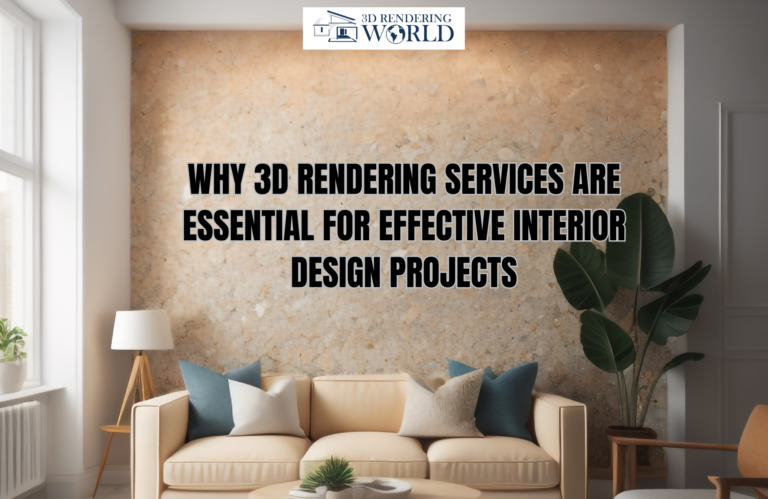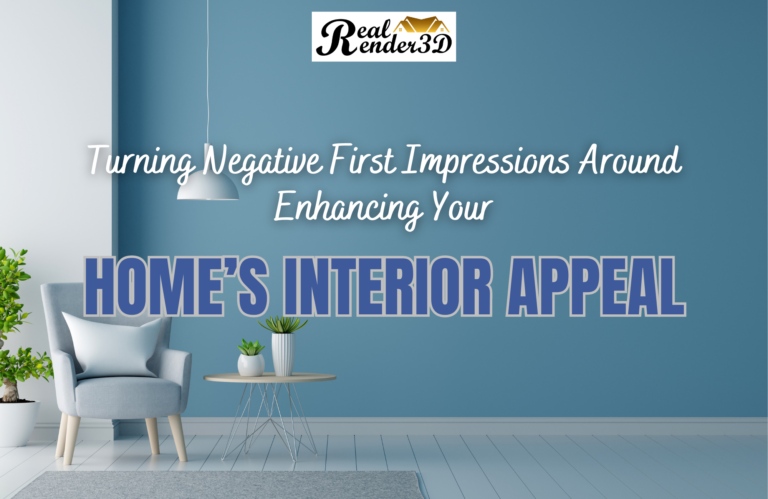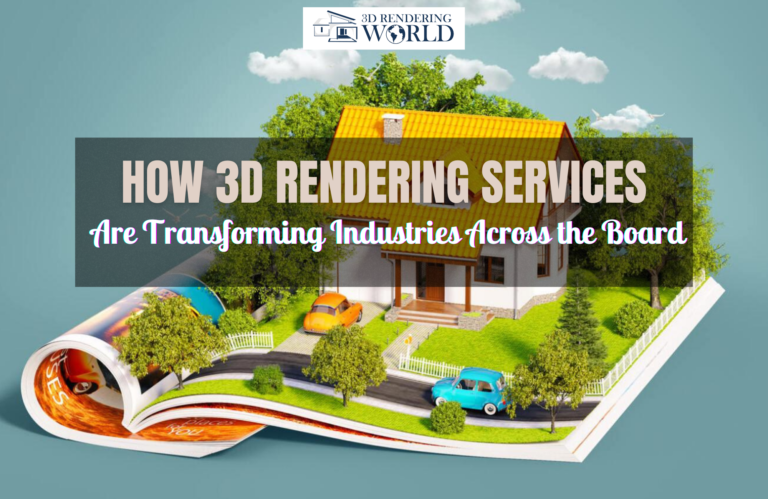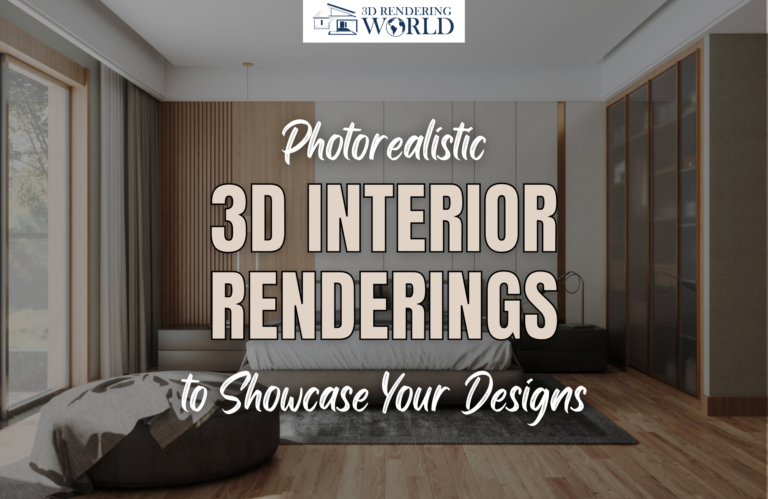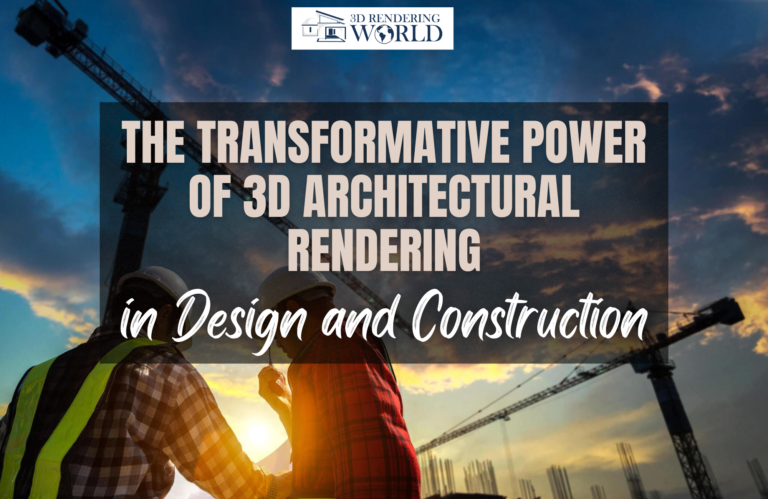Introduction
The real estate industry is constantly evolving. As technologies like virtual reality (VR) and augmented reality (AR) become mainstream, real estate professionals have new tools at their disposal for showcasing properties in ever more immersive ways. One technology poised to transform real estate marketing is 3D architectural visualization.
What is 3D Architectural Visualization?

3D architectural visualization refers to the process of creating photorealistic 3D renderings or animations of architectural designs. While architectural drawings provide measurements and basic visuals, 3D renderings allow potential buyers to fully visualize spaces and gain a deeper understanding of layouts and aesthetics.
There are two main types of 3D architectural visualization – interior and exterior. 3D interior renderings showcase room layouts, finishes, furniture placement, and décor. 3D exterior renderings depict the outside façade, surroundings, landscaping, and context. Real estate developers commonly use 3D rendering services to create visual content for marketing materials like brochures, websites, and sales galleries.
Benefits of Using 3D Renderings for Real Estate

More Immersive Visuals Static images simply do not compare to fully rendered 3D environments. With 3D architectural visualization, potential buyers can digitally walk through spaces, peek inside closets and cabinets, adjust lighting, and gain a comprehensive feel for properties before construction is complete. This creates emotional connections and gets buyers excited about making purchases.
- Enhanced Understanding of Layouts floor plans provide measurements but can be difficult for buyers to visualize. 3D interior renderings clearly showcase room proportions, spatial relationships, intended furniture layouts, and overall room flow. Buyers can get a stronger grasp on how they will live in the space.
- Bring Designs to Life Two-dimensional architectural drawings, while technical and precise, lack personality. 3D exterior and interior renderings inject colour, materials, lighting, furnishings, and ambience into the space. Buyers go from viewing sterile plans to experiencing stylized, lifelike environments. This builds enthusiasm and urgency to be part of the future lifestyle envisioned.
- Flexibility for Design Changes Modifying two-dimensional CAD drawings takes significant time and resources. 3D architectural visualization is more nimble. Designers can model different layouts, finishes, fixtures, and furnishings to meet evolving needs. They can show buyers different options to aid decision-making.
- Predict Visual Appeal A key buyer concern is how the finished space will look. 3D interior renderings provide an accurate preview of the aesthetic before construction. Buyers can preview paint colors, finishes, cabinetry, countertops, flooring, and overall décor. This reduces the risk that the final product will differ from expectations.
- Enhance Marketing Materials Developers rely on websites, brochures, emails, and other marketing collateral to sell real estate. 3D renderings dramatically enhance these materials compared to traditional photos of models, making them appear cutting-edge. Renderings also facilitate virtual reality experiences for an added marketing edge.
Boosting Real Estate Sales with 3D Renderings

3D architectural visualization checks all the boxes for what today’s real estate buyers want – immersive digital experiences, robust visual information, and confidence in what they are purchasing. While photo-realistic renderings require more upfront investment than basic floor plans and elevations, they deliver ROI through faster sales, higher prices, and reduced buyer churn. Here are some of the most notable ways 3D visualization boosts real estate business:
- Grab Attention Faster- The real estate market is highly competitive. With 3D exterior and interior renderings in listing materials, properties stand out visually and attract more prospective buyers compared to listings without. Renderings spark curiosity and entice buyers to learn more.
- Make a Great First Impression- In real estate, first impressions are critical. Listings with 3D renders make a phenomenal first impression with buyers browsing online and agent emails. Renderings convey quality, attention to detail, and design aspirations. Buyers instantly connect emotionally with spaces brought to life through 3D.
- Immerse Prospects Deeper- Once a buyer is interested, 3D visualizations keep them engaged. Agents can provide prospects with personalized 3D walkthroughs, 3D VR tours, and other interactive tools. The deeper buyers feel immersed in the experience, the more likely they are to purchase. 3D tools turn brows
Frequently Asked Questions
Some major benefits of 3D architectural visualization are more immersive visuals for buyers, enhanced understanding of layouts and spatial relationships, bringing designs to life with materials and lighting, flexibility to showcase design changes, accurately previewing the aesthetic, and creation of high-impact marketing materials.
Real estate marketers are increasingly using 3D interior and exterior renderings instead of traditional photos to showcase listings online, in brochures, and other materials. The highly realistic and interactive 3D visuals help grab buyer attention faster, make a great first impression, and immerse prospects deeper in the experience.
Some common software tools used for 3D architectural visualization include Autodesk 3ds Max, Blender, SketchUp, Revit, Lumion, and Cinema 4D. Firms may use a combination of programs based on project needs.
Typical 3D architectural visualization deliverables include still renderings, 360-degree renderings, walkthrough animations, interactive 3D models, VR experiences, and physical scale models. These assets help market residential and commercial real estate.
The cost of 3D architectural visualization varies significantly based on project scope, scene complexity, number of angles, and other factors. For a single interior rendering of a room, costs may range from $300 - $1,000. A full VR digital twin could be $10,000+.
Look for an architectural visualization company with a strong portfolio showcasing photorealism, demonstrated real estate experience, end-to-end in-house capabilities, quick project turnaround, and competitive pricing. Ask about workflow and software used.
The timeline depends on factors like project complexity and number of scenes. A single rendering of a standard room may take 3-5 business days. A set of 10-15 high-quality interior and exterior scenes is often 2-4 weeks. Simpler renders can sometimes be done in 1-2 days.

